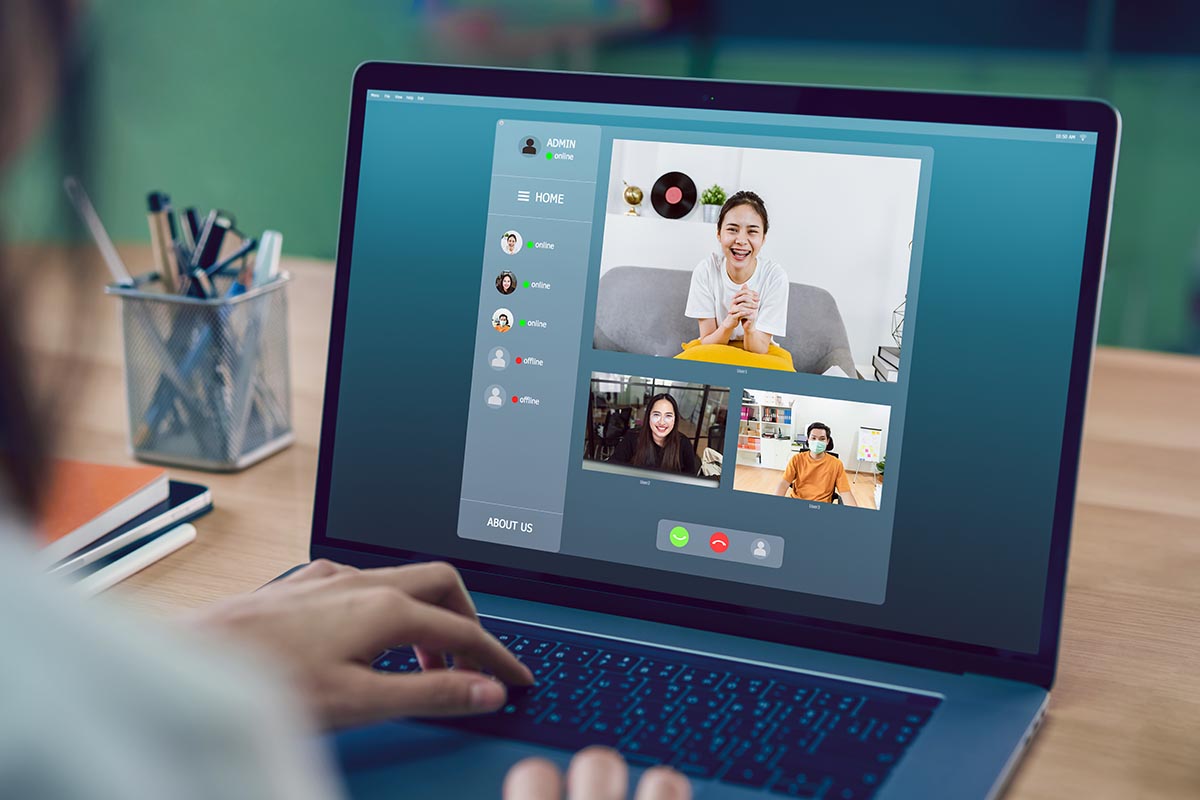Post COVID-19 Innovations In Education Settings & The Long Term Impact
COVID-19’s impact on the world has changed it for good, that’s very clear.
Yet, in the education sector, it’s just accelerated the trajectory of integrating technology within not just the classroom but the administration and communication channels of schools at all levels.
Schools, universities, and extracurricular clubs have evolved over this period, discovering ways to stay on track and in touch with one another, whether through streaming services or simple email communications.
The process of transition was hard both for universities and schools, but luckily there are some successful examples of switching their systems to online and achieving their teaching program goals.
Army and Navy Academy is one great example of a school that successfully adapted to the new system.
Now the world is slowly starting to reopen; 1.2 billion children are returning to their classrooms.
In the UK, it’s back to school for crucial years (i.e., those who have exams in the following academic terms) and for preschoolers and early years groups.
Just as quickly, these settings have had to adapt again, using technology to adhere to enhanced health and hygiene requirements, remote parent communication whilst maintaining the same standard of teaching.
These are the key ways in which technology has infiltrated the education environments and the potential impact it could have on moving forwards.
Innovations In Education: Compliance & Regulations
Re-doubled health and hygiene regulations have been the most obvious change to the “new normal” classroom environment, notable for students as well as educators.
Working in line with government and scientific recommendations, schools were required to rethink their risk assessments and conduct thorough cleaning audits to mitigate any health risks posed by being unused for more than three months.
Although regulations will vary in different countries and regions, moving forwards, education settings are also required to maintain strict adherence to COVID-19 hygiene regulations, including:
- Avoiding contact with anyone with coronavirus (COVID-19) symptoms
- Frequent hand cleaning and good hygiene practices
- Regular cleaning
- Minimizing contact and mixing
It is taken from the UK government guidelines.
So, what EdTech can help with the cleaning rota?
School management softwares have innovated features to centralize and facilitate compliance with Coronavirus health advice within unique settings.
Naturally, all schools have their own health and hygiene requirements, which means they require flexible systems to suit them.
Moreover, it’s been critical that schools employ these systems to ensure records are organized and secure when inspections are re-introduced.
Unfortunately, this is not something that many facilities were able to budget for but have deemed it imperative in order to continue under the circumstances.
Due to government bursaries, investments, grants, and other schemes, some management software providers can offer discounted services throughout this period for up to 50% less than competitors.
This has ensured that even state-funded facilities have access to the technology required to adhere to regulation and communicate with students/parents throughout their reopening.
Innovations In Education: Absorption of Information
Research from Psychological Journals indicated that students (in higher education) prefer to engage in face to face or in-class discussions when given assignments.
This preference suggests that students are more likely to remain engaged when they are in the classroom and able to debate with their classmates, which can fuel critical thinking.
Yet, when given written assessments online and in-classroom, the performance was largely the same. This was in 2014.
Other studies tested throughout the pandemic period show that information absorption increased when students learn online, from around 10% to around 25-60%.
It is suggested that this is a result of the freedom for students to learn at their own pace.
Unfortunately, data on students’ performance throughout this period is indicating that those from lower-income households have experienced a decrease in their academic performance, attendance, and information retention.
Moreover, children from lower-income households are less likely to be offered help with their education.
This data highlights that the Coronavirus pandemic has created deeper education inequalities, which may be unrecoverable, depending on the stage of the pupil’s studies.
Managing Educational, Behavioural & Developmental Needs
Children with special educational needs have had their learning environment drastically disrupted throughout this period.
This can be particularly distressing to their progression; For those children in the early and developmental stages of their education, apps and online learning have been fundamental to staying on track.
EdTech companies have introduced sophisticated apps to help students with autism, dyslexia, attention deficit hyperactivity disorder as well as other educational and behavioral conditions that impact or interfere with learning.
For many youngsters, this has meant that they have been able to maintain some semblance of their ‘learning’ routine – all thanks to tech innovations.
However, many parents and educators have expressed their concerns for weaning children away from screens when it is time to return to real-life classrooms.
Innovations In Education: Would We Have Been Able To Educate Throughout COVID-19 Without Tech?
The short answer: it’s complicated.
The education technology industry (EdTech) has experienced extreme and unprecedented growth throughout this period.
The world’s largest EdTech business, BYJU’s, saw an increase in usage of their apps by 200% throughout the pandemic period.
This is because we use the tools we have available to us.
Of course, homework could have been handed out without technology, but the virtual assistant that learners have had access to has been the best method for keeping students engaged in their studies.
As a result, it’s likely that technology will only grow its presence within schools and learning environments.
It is very interesting to think of what the future and returning to complete “normality” will bring for technology and software within schools.























